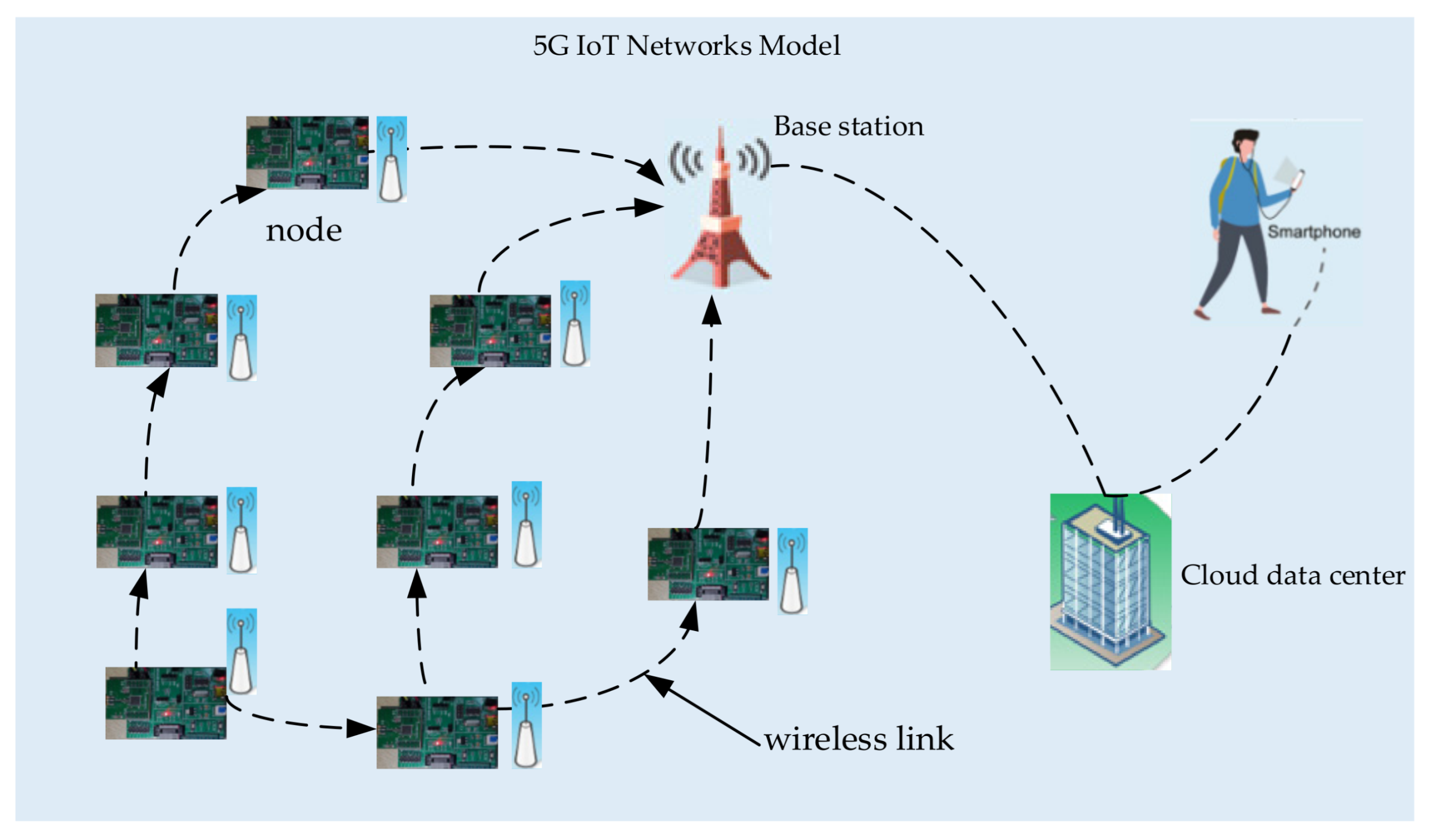Spatial Signal Processing in 5G: Enhancing Network Efficiency and Coverage
telcomatraining.com – The advent of 5G technology promises to revolutionize the way we connect, communicate, and interact with the world. One of the key factors that contribute to the performance of 5G networks is spatial signal processing. This technique plays a crucial role in enhancing network efficiency, coverage, and overall user experience. By leveraging advanced algorithms and innovative hardware, spatial signal processing addresses some of the significant challenges in modern wireless communication systems.
Understanding Spatial Signal Processing
Spatial signal processing refers to the manipulation and optimization of radio signals in the spatial domain, i.e., the physical environment in which the signals propagate. It involves the use of multiple antennas, sophisticated algorithms, and signal processing techniques to manage and improve the transmission and reception of signals. In the context of 5G, spatial signal processing primarily focuses on beamforming, spatial diversity, and interference mitigation.
Role of Spatial Signal Processing in 5G Networks
5G networks are designed to deliver high-speed data, low latency, and massive connectivity, all of which require efficient use of the radio spectrum. Spatial signal processing enables the network to achieve these goals by improving signal quality, reducing interference, and enhancing coverage.
1. Beamforming and MIMO Technology
One of the most significant advancements in spatial signal processing for 5G is the use of beamforming and Multiple Input Multiple Output (MIMO) technology. Beamforming is a technique that allows base stations and user devices to direct radio signals to specific locations rather than broadcasting them in all directions. This targeted transmission improves signal strength, reduces interference, and enhances the efficiency of the network.
MIMO technology, on the other hand, utilizes multiple antennas at both the transmitter and receiver ends to send and receive multiple data streams simultaneously. This increases the data rate and capacity of the network while minimizing the risk of interference. In 5G, massive MIMO arrays with hundreds or even thousands of antennas are used to achieve high levels of spatial diversity, further boosting network performance.
2. Spatial Diversity for Improved Coverage
Spatial diversity is another critical aspect of spatial signal processing in 5G. By using multiple antennas at different locations, spatial diversity allows the network to combat fading and signal loss due to obstacles, such as buildings or trees. This is particularly important in urban environments where the line-of-sight between transmitters and receivers may be obstructed.
By combining signals from different spatial locations, spatial diversity enhances the overall signal quality, leading to better coverage, especially in challenging areas. This technique also improves the reliability of the connection, ensuring that users experience consistent performance even in areas with poor signal conditions.
3. Interference Mitigation
Interference is one of the major challenges in wireless communication, especially in dense urban areas where multiple base stations and devices operate in close proximity. Spatial signal processing helps mitigate interference by using advanced techniques such as interference alignment and coordinated multipoint (CoMP) transmission.
Interference alignment allows the network to manage interference by aligning signals in such a way that they do not overlap and cause distortion. CoMP, on the other hand, involves coordination between multiple base stations to ensure that signals are transmitted in a way that minimizes interference for users in overlapping coverage areas.
These techniques significantly improve network performance by ensuring that users experience minimal signal degradation due to interference, which is especially important in high-density environments.
Enhancing Network Efficiency
The implementation of spatial signal processing in 5G networks contributes significantly to overall network efficiency. By optimizing the use of the available spectrum, spatial signal processing increases the capacity of the network without requiring additional bandwidth. This is crucial for 5G, which is expected to handle massive amounts of data from billions of connected devices.
Additionally, spatial signal processing helps reduce power consumption by ensuring that signals are transmitted only where they are needed, minimizing energy waste. This not only makes the network more energy-efficient but also reduces the operational costs of 5G infrastructure.
The Future of Spatial Signal Processing in 5G
As 5G networks continue to evolve, the role of spatial signal processing will become even more critical. With the growing demand for high-speed internet, the increasing number of connected devices, and the rise of applications such as augmented reality (AR) and virtual reality (VR), spatial signal processing will be essential in meeting these challenges.
Future advancements in artificial intelligence (AI) and machine learning (ML) are expected to further enhance spatial signal processing techniques. AI and ML can enable real-time optimization of network parameters, improving signal quality and network performance dynamically. These technologies will allow 5G networks to adapt to changing environmental conditions and user demands more efficiently.
Conclusion
Spatial signal processing is at the heart of the 5G revolution, enabling networks to achieve higher efficiency, better coverage, and reduced interference. By incorporating advanced techniques such as beamforming, MIMO, spatial diversity, and interference mitigation, 5G networks can deliver on their promise of ultra-fast, reliable, and scalable communication. As the technology continues to evolve, spatial signal processing will remain a cornerstone of 5G innovation, driving the future of wireless communication and paving the way for next-generation applications.







